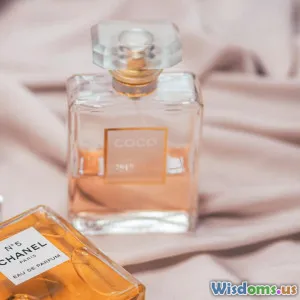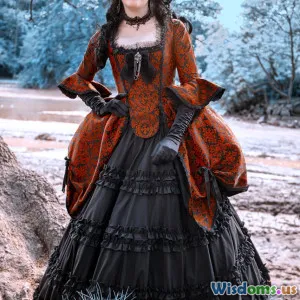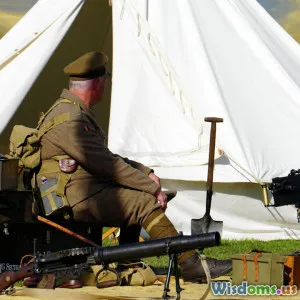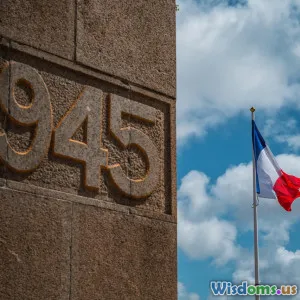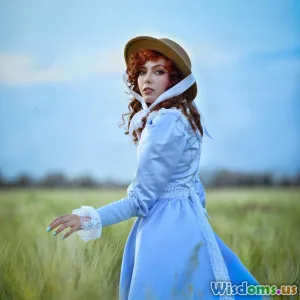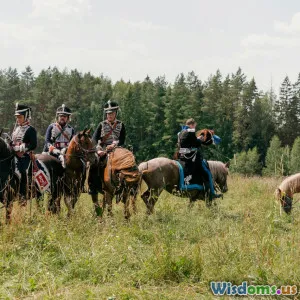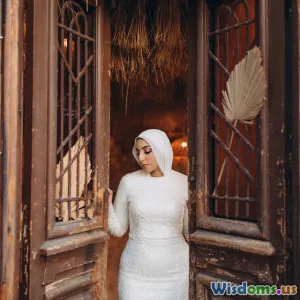
The Evolution of Beauty Standards
8 min read Explore the captivating history of beauty standards and how they've evolved over time, shaping the fashion and beauty landscape. (0 Reviews)
The Evolution of Beauty Standards
Beauty standards have been an integral part of human societies throughout history, shaping self-image, personal choices, and cultural behaviors. From ancient civilizations to modern societies, these standards evolve, highlighting the dynamism of fashion and personal expression. In this article, we delve into the intricate tapestry of beauty norms—where they originated, how they changed, and what they tell us about societal values.
Ancient Civilizations: Defining Beauty Through Culture
In many ancient civilizations, beauty was often intertwined with status, morality, and the philosophies that defined the era. For instance, in Ancient Egypt, beauty symbols reflected divine favor. Women adorned themselves with eye makeup, mainly kohl, which not only served aesthetic purposes but also had practical benefits, protecting against sun glare and eye infections. This practice illustrated that beauty ideals were deeply connected to health and social roles.
In Ancient Greece, beauty was idealized through the concept of kalokagathia, which emphasized the harmony of body and soul. Sculptures exemplifying this ideal, such as the works of Phidias, depicted the perfect human form, which was believed to encompass moral virtue and physical prowess.
The Renaissance: The Birth of the Modern Beauty Standard
Fast forward to the Renaissance period, where the return to classical ideals spotlighted individualism and the natural human form. Artists, including Titian and Botticelli, celebrated curvier figures, adorned with luscious hair and radiant skin. Notably, the ideal of beauty during this era was enriched by a focus on modesty hinted through elaborate clothing that draped around the body, reflecting underlying values of sophistication and femininity.
One poignant example was the rise in popularity of the “Venus” figure, exemplified in works like The Birth of Venus by Botticelli. Here, the ideal female beauty was not slender, but rounded, emblematic of health and fertility — characteristics revered in societal contexts of the time.
The 19th Century: Changing within Boundaries
As society progressed into the Victorian era, beauty standards became tangled with morality and societal roles, emphasizing modesty and restraint. Women wore corsets to accentuate narrow waists and were often idealized for their supposed fragility. Their beauty habits included elaborate make-up routines that favored a pale complexion, representing status and wealth — a time when the global beauty standard became dominated by the Anglo-European vision.
However, at the same time, beauty conditions for women of lower socio-economic statuses were burdensome. They were commonly seen without access to cosmetics or attire that denoted beauty, highlighting the classism that often intertwines with standards of beauty.
The 20th Century: Revolutionizing Beauty
The 20th century became a landmark for beauty standards that were subject to revolutionary changes. With the industrial age and the rise of Hollywood, idealized beauty was showcased through media like never before. The ‘flapper’ of the 1920s defied older, Victorian ideals with a new sense of liberation, favoring short hairstyles, boyish figures, and bold cosmetics.
Marilyn Monroe in the 1950s epitomized femininity with voluptuous curves and glamorous makeup, which re-established a somewhat sensual beauty archetype. Her image was strategically marketed by the cinema industry and signaling that unachievable ideals could be portrayed, impacting many women's views on appearance and self-worth. Whether they could emulate that standard or not fostered novel ideas about femininity and empowerment.
The Late 20th Century to Early 21st Century: Diversity in Beauty
As we progressed into the late 20th century and beyond, beauty standards diversified thanks, in part, to the influence of the feminist movement and multicultural representation. Campaigns in the 1990s emphasized self-acceptance, compelling the media to represent previously marginalized identities. Key proponents like supermodel Tyra Banks brought broader visibility to various beauty standards while stating, “Beauty is the new black.”
Simultaneously, the emergence of influencers underlined how users could stray from traditional norms. Instead of relying solely on glossy magazine images, beauty became accessible and diverse, displaying a variety of skin tones, body sizes, and styles all valid in their unique truths.
The Role of Social Media in Revolutionizing Standards
With platforms like Instagram, Snapchat, and TikTok, beauty standards are now set and challenged almost daily. The digital world gives rise to influencers who dismiss stereotypical standards of beauty, promoting messages of acceptance and body positivity. The hashtag #effyourbeautystandards gained significant traction, pushing back against unrealistic portrayals, whether stemming from industry standards or personal narratives.
As Facetune and other beauty filter apps came into being, discussions grew surrounding authenticity. The juxtaposition of bare faces vs filtered faces ignited debates around self-esteem, sparking a call toward holistic definitions of beauty that extend beyond visual representations.
Conclusion: The Fluid Legacy of Beauty Standards
Beauty standards are anything but static; they evolve alongside cultures, technological advancements, and individual expressions. As we face new societal challenges, like inclusivity and body positivity, these ideals will further transform. It provides us an opportunity to glean important insights into ourselves and our relentless pursuit of self-acceptance.
In conclusion, understanding the evolution of beauty standards serves as a powerful reminder of the myriad ways beauty is represented and perceived. Breaking free from the confines of rigid expectations allows individuals to construct and celebrate their interpretations of beauty, ultimately enriching the very definition of what it means to be beautiful in the first place.
Rate the Post
User Reviews
Popular Posts










